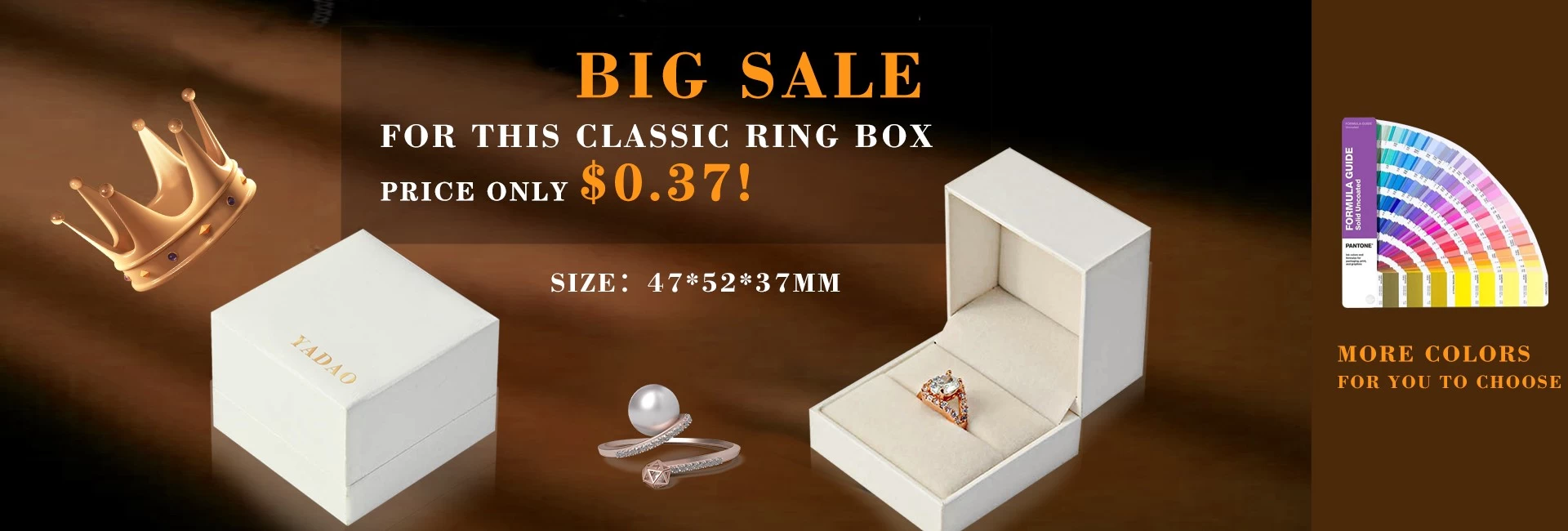Why do people wear jewelry?
Why do people wear jewelry?
64% fashion,
36% other for lucky
The use of gold and gems in;Gold Plated Love Necklace Inscribed with I Love You in 120 Languages on Onyx Pendant, 18" Gold Filled Chain: Wife Birthday Gift Ideas: Jewelry. can be traced back Millennia, to ancient cultures such as Egyptian and Mesopotamian. Jewelry has since then been an ever-present part of human civilization. Adorning oneself with jewelry has been consistent across space and time, across religions, cultures, class and gender. Civilizations as disparate as the Aztecs and the Tibetans are both renowned for their appreciation of turquoise, for example.
In modern-day London or New York, a single diamond may be coveted for its rarity or an elasticized ring paved with tens of rhinestones maybe desired because of its onomatopoeic bling. Undeniably humans have a need for jewelry, but what precisely is this need?
If we consult Maslow's Hierarchy of Needs we a pyramid broken down into five ranks, from base to peak: physiological, safety, love/belonging, esteem, self-actualization.
We could conjecture that the need for jewelry ranks somewhere among social needs and esteem needs. Social needs pertain to the need for one to belong to a group and esteem needs pertain to ones desire for recognition and for status.
Jewelry is clearly a middling need. It is not as essential as physiological well-being - for food, water or sex - but neither is it explicitly a part of something as lateral as self-actualization. Jewelry acts as an agent of personality. We identify with it. Take birthstones, for example, and how a December-born child may develop a life-long attachment to turquoise for no reasons other than the accident of birth.
We become animistic with our jewelry; it is difficult not to derive from it a personality, a soul. The personality of the stone becomes a point of self-identification. If ruby symbolizes passion, if amethyst symbolizes sobriety, then we may feel these characteristics asserted in ourselves by wearing them. And as such we have the reinforcement of esteem, of ego.
To become and individual we must stand out from the herd. The rarer the jewel we possess, the more unique we are. The less common a jewel the more appeal it has to humans. Indeed, for a jewel to be valuable it only needs to be perceived as rare.
A good example is diamond - in essence the same as the graphite in a pencil - which is not so much rare as it is tightly regulated by the diamond industry. In terms of base shows of wealth, jewelry is something that monarchs, pharaohs, empresses and emperors could occupy themselves with.
An assertion of their wealth and of their status. As the living standards of the average person in many societies have improved that there is less worry of food and shelter - i.e., the physiological needs - people find themselves, like kings, seeking out jewelry as a sign of status.
But why jewelry? Why do we feel an affinity for pretty stones and metals? For jewelry to be so universally coveted it must possess inherent value. If it is naturally beautiful, then the need for jewelry is synonymous with a need for nature's beauty. Otherwise why would a lab-created diamond, all things being equal, be less valuable than a naturally-occurring diamond?
Perhaps it is the need for something Other, something higher, the knowledge that the aesthetically pleasing can be created independently of human governance and interference. Anthropologists and psychologists have long cited the role of jewelry in the dating-and-mating world.
Absented of anything like the natural splendor of a peacock, a bird whose feathers are jewels themselves, the need for sparkly, colorful, splendid stones and metals is a must for humans.
There is a painfully funny scene in the Christmas special of Ricky Gervais & Stephen Merchant's British award winning comedy The Office, where Gervais' David Brent is blind-dating a lady whom is wearing an elegant, bosom-bee-lining pendant. Only a little while into the date Brent offers the following calamitous Freudian insight: 'Ah, you are wearing that necklace to draw attention to your breasts'.
Earrings draw attention to the erogenous ear-lobes, belly bars to the naval, pedants to the bosom. Contrarily, the wedding band can - and should - serve as a barrier to the amorous stranger, a warning that the wearer is already 'spoken for'.
Thus, jewelry persuasively says and implies things that would be impolite or crass to communicate with words. So far the needs for jewelry fit, justifiably, into Maslow's pyramid. But does the need for jewelry ever transcend into the metaphysical, the conceptual?
Take, again, the humble wedding band. A very simple metal band that symbolizes the complex concept that two people are united and blessed by the Holy Spirit. That these two people are committed to this union for eternity and irrespective of conditions such as sickness, health, wealth or poverty.
Thus concepts difficult for the human mind to compute - God, love, eternity, marriage, fidelity - are expressed by something with no greater width than the ring finger. The need for jewelry, I would say, comes from having satisfied the primitive needs for food, water, shelter, sex and so on.
Only once those primitive needs are satisfied can one seek out jewelry to wear. Jewelry, in itself, is a potential for great aesthetic pleasure, and thus calls out for human attention.
With jewelry encompassing all manner of stones and metals, all shades and colors, and - once humans have taken their tools to them - all forms of regular geometry, it is no surprise that these stones and metals are needed multifariously.
But the ways in which we need jewelry are always entirely symbolic. In fact, it is a polymorphism of symbolism. Jewelry symbolizes birth, sex, marriage, covenant, wealth, mourning, martial success, so forth and so on. It is a need to have the most beautiful, awe-inspiring things and employ them as language, so as to define our nature, our stature.









